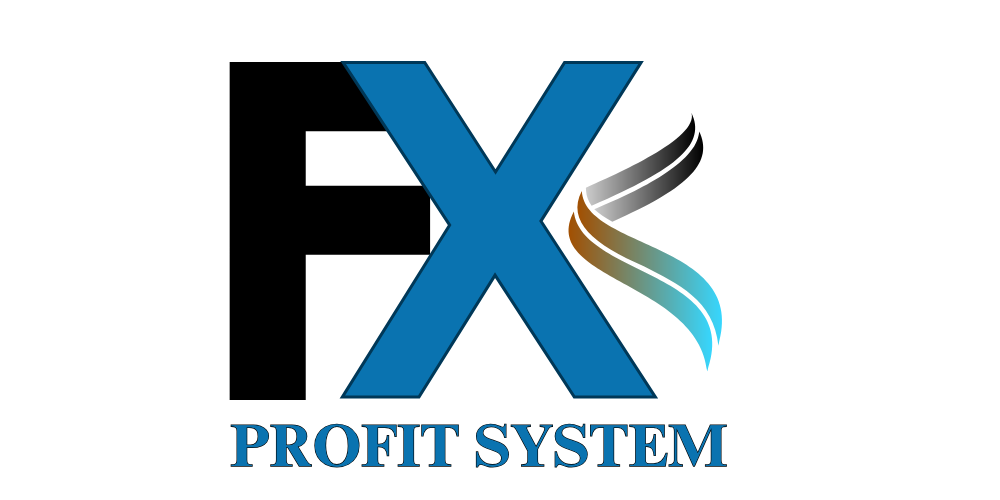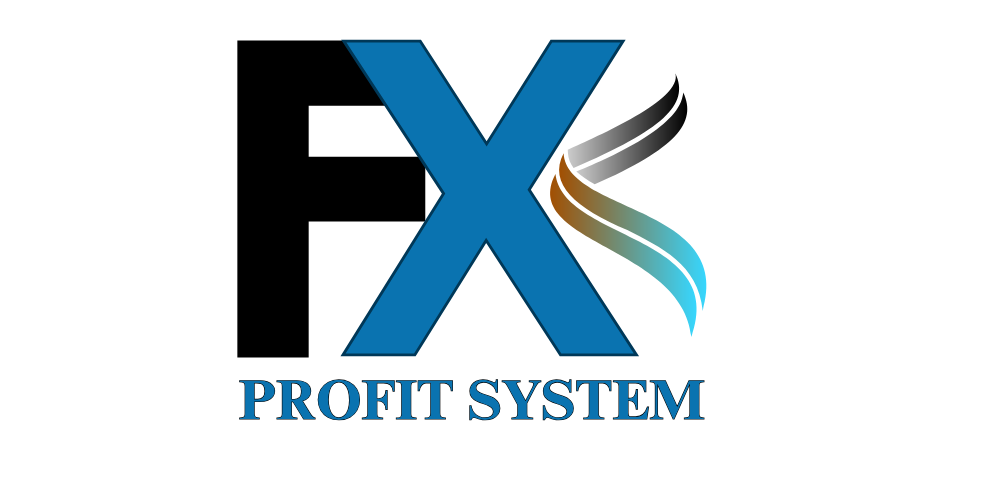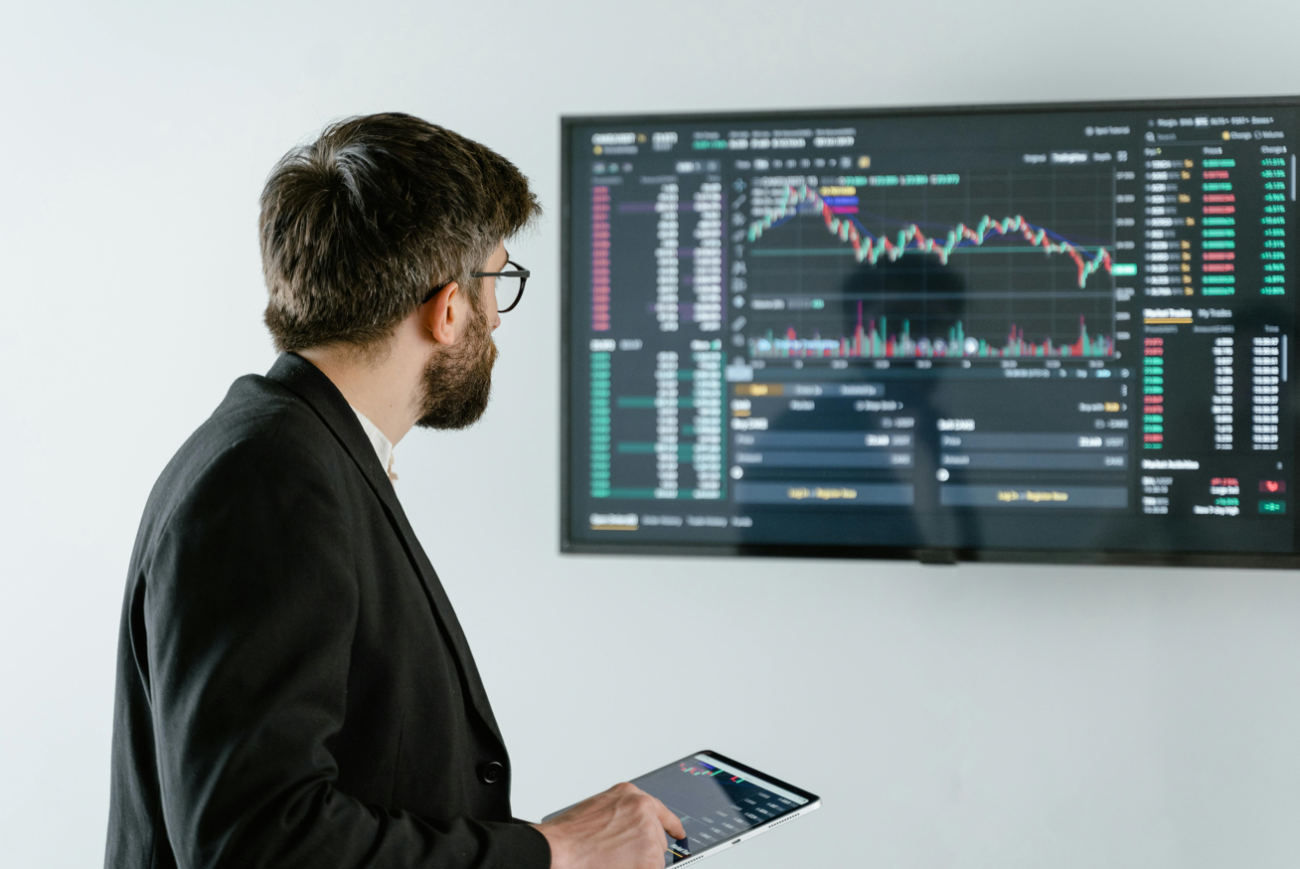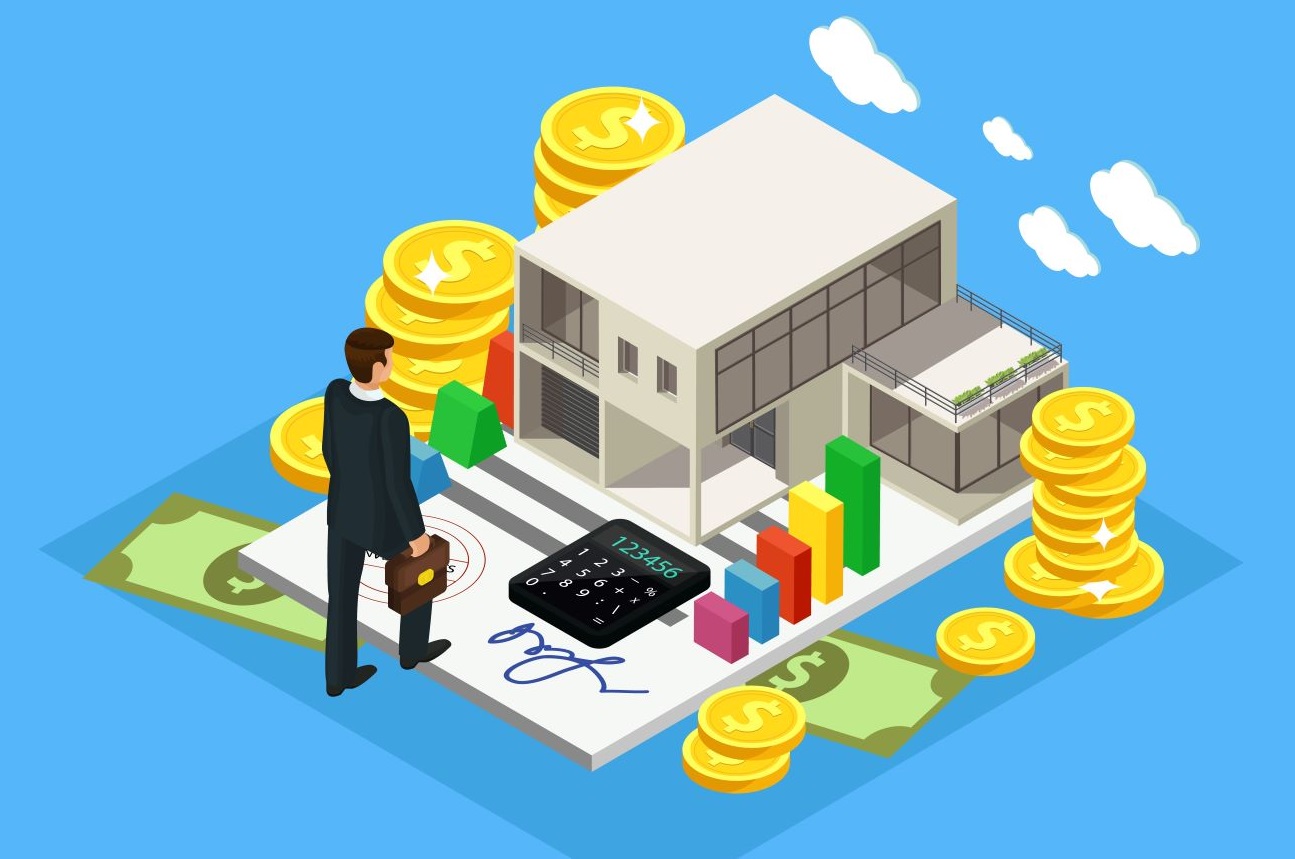Forex trading strategies
There are thousands of forex trading strategies that have been developed over the years. This article is not going to cover all the different strategies there are. Instead it is going to dive straight into what is the single most important aspect of any trading strategy – well actually there’s two equally important aspects: is it profitable, and is it low risk?
These are the two aspects that must be answered when considering any trading strategy above all else. A much more minor consideration is whether a particular forex trading strategy suits you as a trader, however it would be inconceivable that any trader would prefer to forego profitability & risk mitigation just because a particular strategy suits them better.

What types of forex trading strategies are there?
As already mentioned there are thousands of different strategies, all with their different pros and cons.
Some are difficult to learn, some are easy. Some take a lot of time to implement, some are completely automated.
We will break down the main strategies you are likely to encounter and give our opinion on each one, with particular emphasis on their profitability and risk.
Technical trading strategies
Technical trading is a very broad strategy, probably the broadest as far as forex trading strategies are concerned, as there are a huge number of different ways to trade technically.
A technical trader will base their decisions on what they see unfolding on price charts and graphs. They are looking for patterns in the historical movement of prices to try and predict where price is going to go next. Different types of technical trading strategies include trying to catch a trend at the start and riding it out, trying to identify when price is ranging if you use a range trading strategy, trying to identify a breakout when price has been moving within a very narrow band then quickly moves out of the narrow band in one direction.
Almost every trader will have spent some time trying to do technical trading. The reason why is because it seems the most logical way to trade. Charts are so visible and easy to understand, and there’s countless additional indicators that you can use to further validate a particular trading concept. But there is one critical flaw with almost all (I would say every) technical strategies. Their very reliance on historical price movement is deceivingly false. There is no possible way that historical patterns can tell you with any level of reliability where price is going to go next. It can tell you where price “might” go, but when there’s only two possible directions anyway (up or down) then that level of probability is far too risky.
It is very easy to prove the uselessness of technical strategies with automated software these days. Any technical strategy, no matter how complex can be coded into an automated software that can then be run on actual historical price data to see how the strategy would’ve performed. In every single case, a technical strategy will fail, even the most complex. It is simply impossible to use historical price movement to predict where price will go in the next minute, or hour or day or week. Added to the uselessness of technical strategies, they also consume a huge amount of time. Ask any trader how much time they have spent with their eyes glued to watching charts and graphs. Technical chart analysis can be fascinating, but as a profitable trading strategy it’s useless. You will spend years making no decent money. The risk is not so much that you’ll lose your shirt, but you will lose quite a bit of your life. Avoid any form of technical strategy no matter what anyone tells you.
Fundamental trading strategies
Fundamental forex traders do the opposite of technical traders, and they try to look at external events that have the ability to move the forex markets, and they try to predict the movement & direction before it occurs.
This could involve anything from looking at upcoming economic announcements to geopolitical or even geographical events and how these affect currencies.
It could be that a global crisis is disrupting oil supply which a fundamental trader may predict that this will increase the value of crude oil and look to buy accordingly.
Usually, fundamental forex trading strategies are more of a longer-term process where a trade could be open for weeks or even months.
Fundamental trading strategies are a lot less stressful, but they still consume a lot of time. From a profit & risk perspective they are generally much better than technical analysis. Fundamental trading is almost always fully traded manually.
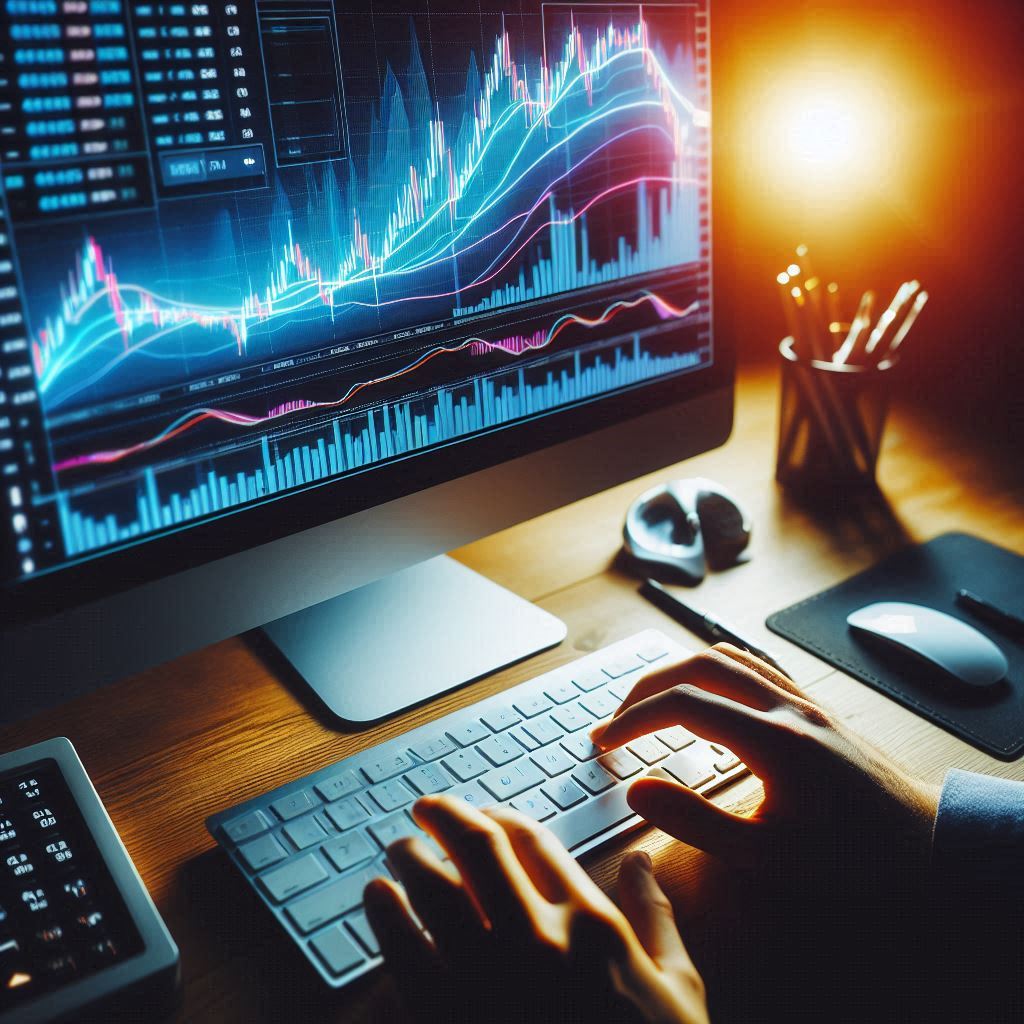
Automated trading strategies
Automated forex trading strategies or sometimes called algorithmic trading are now very popular and have become very advanced to the extend that many now use AI as part of their function. This seems an easy option when looking for a forex trading strategy however you need to know a few things. Automated software is very easy to create.
You can do it yourself in just a few seconds using Chat GPT. But this doesn’t make it profitable or reduce your risk. Quite the opposite, you will create a monster that will be certain to blow your account. Almost all automated systems are built using technical indicators that try to predict future price direction using historical price patterns. As we’ve already covered this is 100% useless. Automating an already useless process doesn’t make it any less useless.
Another difficulty with automated trading software is it is always going to be limited to it’s own functions. Usually this will be for instance intended to catch and profit from a trend, and part of the function will be to attempt to identify when markets are ranging and stay out of them. But by the time any automated system can identify a trend, it has already well started. In fact, it may even be able to finish just when your software leaps into the market. Or it may stay out of the market because everything is telling it that the market is ranging, only for a huge trend to start but it’s missed the bus.
The other type of automated forex trading system is where it uses dangerous methods to avoid losses such as doubling down on losing positions. This is usually referred to as martingale. Once again it is an easy system to produce even on Chat GPT but it will endanger your account quicker than any other strategy. If you ever hear of a set-and-forget automated trading strategy, don’t get all dizzy thinking you’ve found a money printing machine.
The reality is it will not work as expected, ever. Either your entire account will get blown or you will realize after some time that it doesn’t know who to trade profitably and you will give up on it.
Profitable trading strategies
So, are there any profitable trading strategies out there?
Yes there is.
Obviously we are biased towards our own system but we’re not stupid enough to think we’re the only company that offers a strategy that does work. The real secret you need to learn is how to evaluate trading strategies. But before we touch on this, a few comments about our strategy.
It is semi-automated, meaning some of it’s functions will be managed by robots, others are performed by the user. We believe this is the safest and most profitable way to trade forex. Because there are functions that computers can perform much better than humans, but so too there are things we as humans can do that a computer never can.
It does NOT try to predict future price direction. That’s right, it doesn’t matter whether the market is going up, down or sideways. As long as it is moving, our system generates profits.
It has multiple risk mitigation layers built into it to ensure it avoids anything the market can throw at it. Usually, a system will fail when markets either range for a long period of time, or trend strongly for a long time. Our system either avoids the danger zones or uses process to get out of them.
It doesn’t use tactics like dangerous martingale or no stop loss.
You can check out more about it here
How to find and evaluate forex strategies
You need to be clear that there are only two things that are important about any forex strategy: it must be profitable, and it must have strong risk mitigation capability that you can trust. Always ask for proof of results. Don’t be persuaded by anything other than these two things. If proof isn’t forthcoming, walk away. There’s only one reason why not to provide proof of profitability and risk: because the strategy doesn’t live up to its promises.
And on the subject of proof, historical backtests are not proof. They are indicative only. They are worth glancing at but don’t base a decision on them. Only real live actual results are suitable as proof.
The same goes for some sort of training course that promises to teach you how to trade a particular strategy. If the strategy actually works, surely the tutor is able to use it to trade profitably. The absence of live proof indicates the money is in the training, not the trading. Lastly, don’t rush into something because you get sick of searching. Be patient. You need patience in trading anyway so best to start practising it now.
